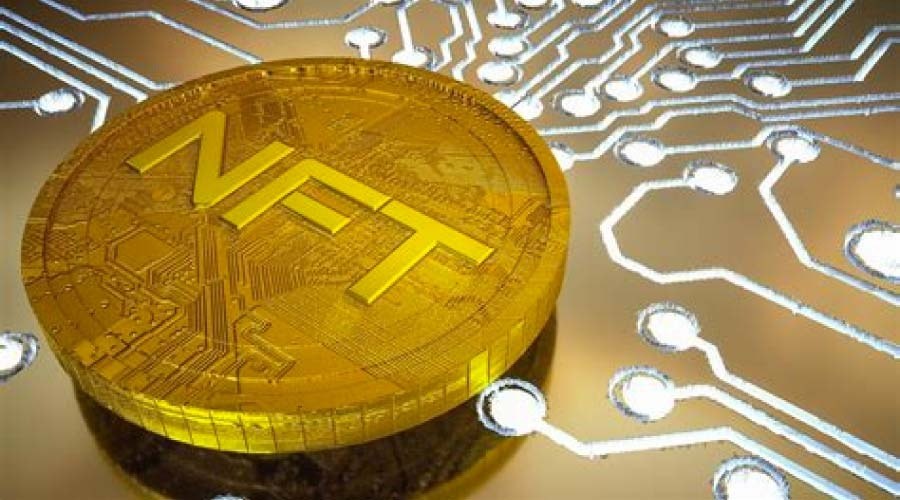Non-fungible tokens (NFTs) are unique
digital assets that can represent anything from art and music to virtual land
and gaming items. They have exploded in popularity and value in recent years,
attracting the attention of celebrities, investors, and regulators alike. The
legal status of NFTs remains unclear and controversial, especially in the
United States, where the Securities and Exchange Commission (SEC) has the
authority to regulate securities and protect investors from fraud and
manipulation.
One of the key questions that arises is
whether NFTs are securities under the federal securities laws, and
specifically, whether they meet the criteria of the Howey test, the legal
framework established by the Supreme Court in 1946 to determine whether an
instrument is an investment contract and thus a security. Howey test has four
elements, I will argue that NFTs are not securities. On top of that, I will
also address some of the counterarguments and challenges that NFTs may face in
the future, and suggest some possible solutions and recommendations for the
industry and the regulators.
NFTs are not investments of money, but
rather purchases of digital goods
The first element of the Howey test is
whether there is an investment of money or something of value in exchange for
the instrument. This element is usually easy to satisfy, as most financial
transactions involve some form of payment. However, in the case of NFTs, the
payment is not an investment, but rather a purchase of a digital good.
They are
not shares, bonds, or
derivatives that
represent a claim or a right to a future cash flow or a share of profits.
Rather, they are digital tokens that prove ownership and authenticity of a
unique digital asset. In my point of view, they are similar to other digital
goods, such as e-books or music downloads, that consumers buy for personal use
and enjoyment, not for investment purposes.
NFTs are not common enterprises, but
rather individualized and decentralized transactions
The second element of the Howey test
assesses the presence of a common enterprise, where investors’ fortunes are
tied to the success of an issuer or third party. However, in the case of NFTs,
no such common enterprise exists. Transactions are decentralized and
individualized, with various artists and creators minting NFTs across different
blockchain networks like Ethereum
or Solana. NFT buyers rely on blockchain
























